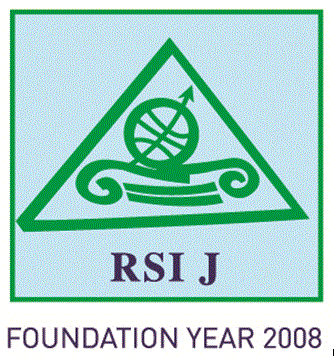Nahid Hossain
Graduate School of Environmental and Life Engineering
Toyohashi University of Technology, Japan
Department of Socio-Economic Planning, Toyohashi University of Technology, Hibarigaoka 1-1, Tempaku Cho, Toyohashi City, Aichi, Japan 441-8580, Tel. +81-532-47-0111.
e mail: nahid453@gmail.com
and
Yuzuru Miyata
Graduate School of Architecture and Civil Engineering
Toyohashi University of Technology, Japan
Department of Socio-Economic Planning, Toyohashi University of Technology, Hibarigaoka 1-1, Tempaku Cho, Toyohashi City, Aichi, Japan 441-8580.
Tel. +81-532-47-0111. e mail: miyata@hse.tut.ac.jp
Abstract:
Agglomeration of economic activities and decline in rural population are expanding city size in Japan. Chubu region is developing as a center for manufacturing and seaport related economic activities and Toyohashi, a mid-sized city in the region, is becoming a successful area for manufacturing and trading. As a result, alike other cities of Japan, the city is growing vertically and substantial daily output of waste by city dwellers is creating difficult situation to endorse proper processing technology and space for landfill. Mid-sized cities are facing difficult situation to combat such waste as the trend of generation, composition, and relevant management remain complicated. This paper provides an overview of municipal solid waste situation in Toyohashi city and estimates effectiveness of central and local level initiatives to manage the dilemma. The results of the study show that from 1980 to 2005, increase in municipal solid wastes generation can be explained by the growth in per capita EL. Evidences from Environmental Kuznets Curve (EKC) analysis reflect the effectiveness of governmental initiatives. The study also finds that technology of waste to power is effective even in a mid-sized city. The shortcoming of the study can be described as the limitation in research sample and data influence on the results coming out from market orientation. Technology mix and variety in direction toward the waste generation, disposal and economic benefit analysis was not taken care of by the study.
